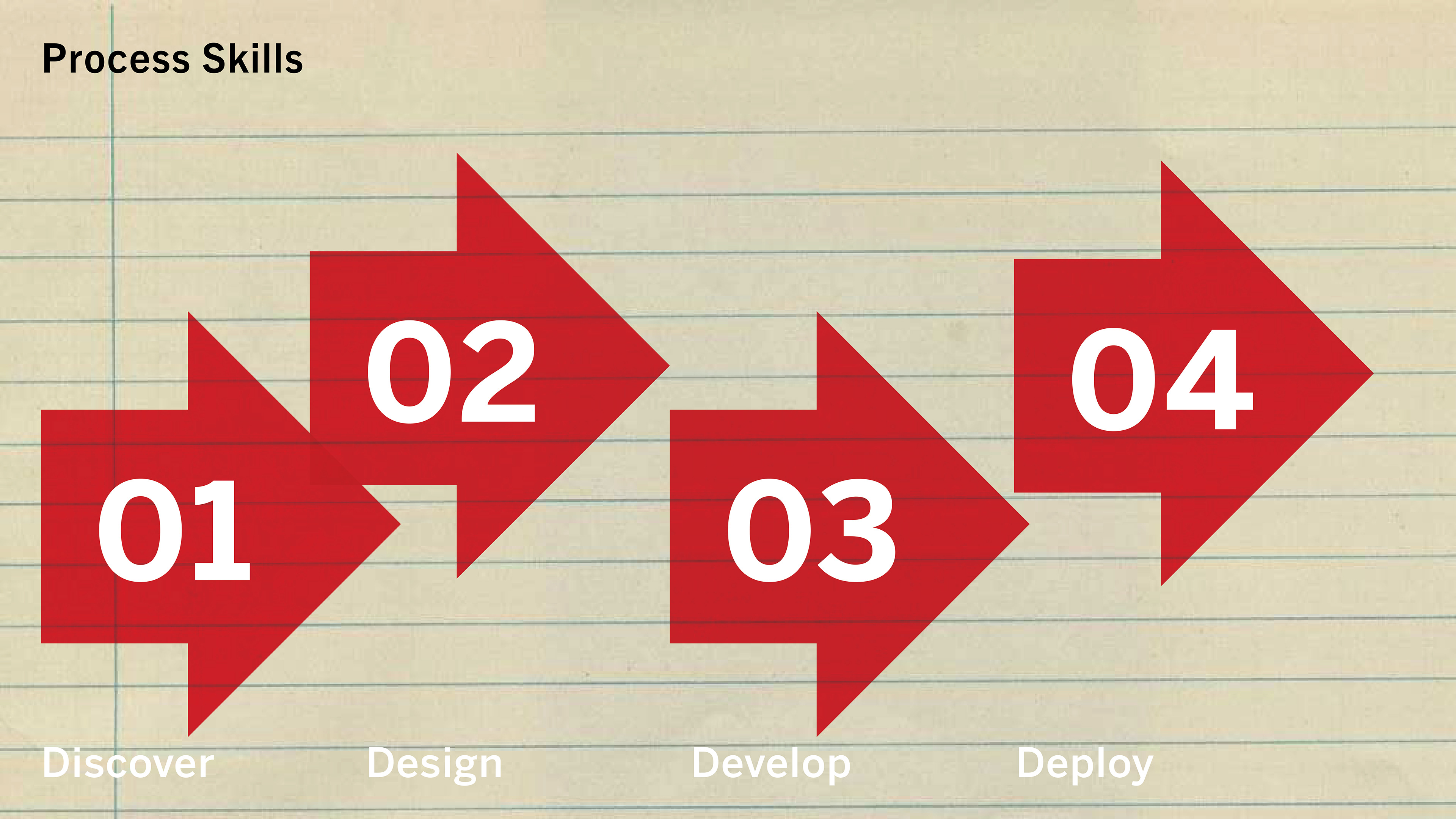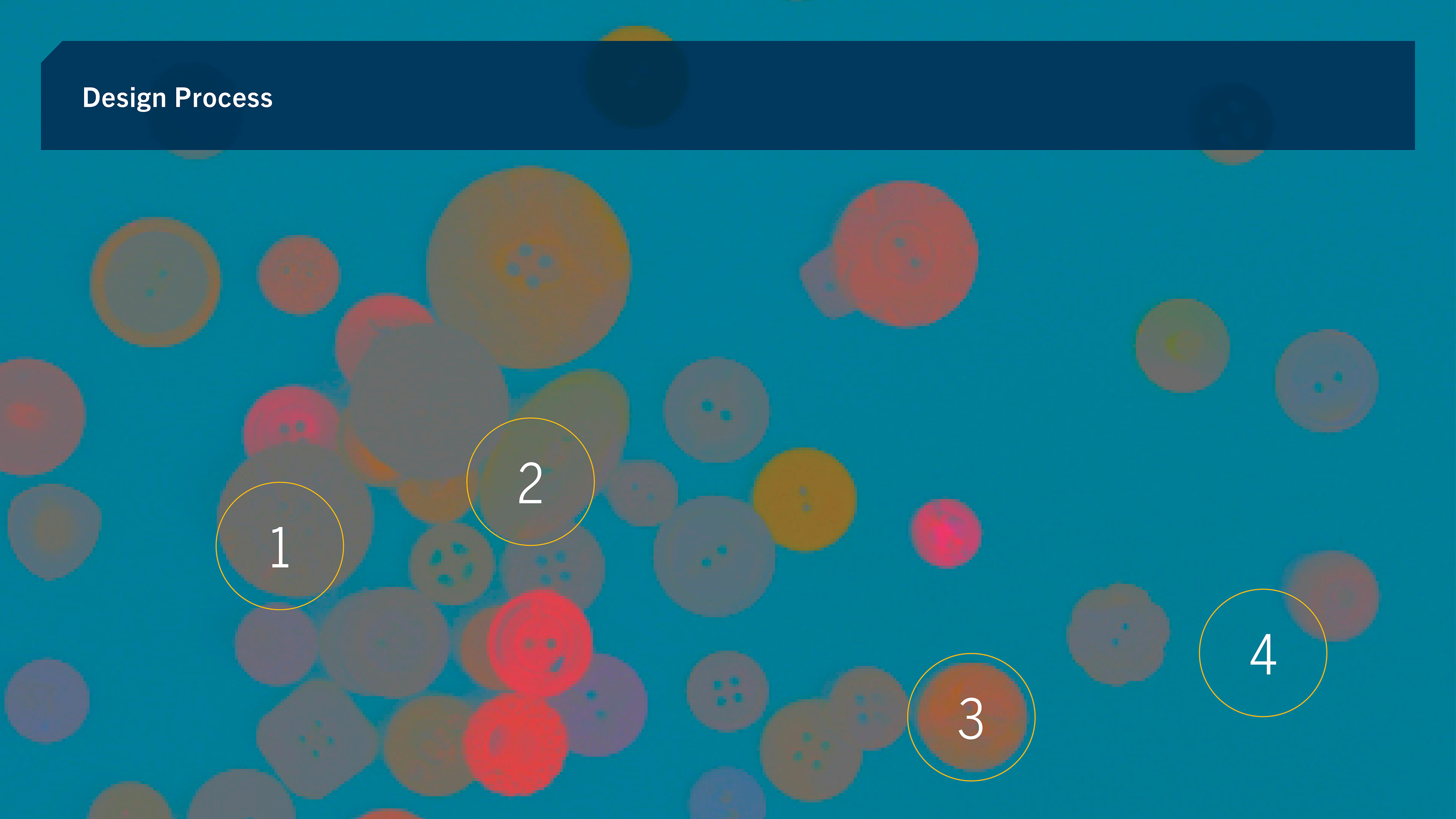Program Development
As the Executive (and Graduate) Director for the School of Graphic Design, my responsibilities for program development ran the gamut — ranging from overall program assessment and certification, down to fundamental day-to-day operations. I was responsible for the overall academic and professional well-being of my students, my staff and my instructors (the program employed nine full-time faculty and several dozen adjunct instructors, all of whom taught in wide-ranging capacities).
In addition to the outward-facing representation of the department's values and philosophy, I directed and managed internal efforts to develop (onsite and online) curriculum, place students, recruit instructors, manage the classroom setting and maintain esprit de corps. In addition to responsibilities cited under “Academic Experience” other program-specific examples include:
- Design and production of the institutional Strategic Plan
- Program assessment and reporting out to third-party review and certification organizations (ie WASC, NASAD)
- MFA program development (degree breakdowns, course creation, curriculum development, instructor recruitment and management, outreach, placement)
- MA program development (including synchronization with — and differentiation from — existing MFA degree program)
- Online program development (including synchronization with onsite program). This not only includes curriculum, but making certain there are comparable review processes, faculty development, event participation, and student placement mechanisms.
During my tenure, the School of Graphic Design grew from 400 students to a peak of over 1400 students (circa 2016). The nascent Graduate Program went from 75 to over 250, and the addition of the MA degree (circa 2015) took the overall Graduate Program to over 300 students.




Curriculum Development
As with the responsibilities for program development, my contributions to curriculum development also ran the gamut — ranging from overall learning outcomes down to the creation and implementation of individual class assignments. Specific examples include:
- Development and implementation of departmental Program Learning Outcomes (PLOs)
- Coordination of PLOs with broader Institutional Learning Outcomes (ILOs) and individual Course Learning Outcomes (CLOs)
- Development and implementation of Course Learning Outcomes (CLOs)
- Creation, recruitment, and management of the Industry Advisory Board, including the implementation of its recommendations
- Coordination of Departmental Action Teams (DATs) to identify and implement curricular updates
- Creation, production, and editing of course curriculum materials (videos, presentation decks, lectures, copy content, quizzes, rubrics) all required to function in multi-modal fashion (onsite and online)
- Oversight of (and advising for) the thesis development process
Program and Curriculum Development involved coordination with — and contributions from — large numbers of colleagues, faculty, industry advisors, school administrators, support staff, student representatives, outside vendors, employers, parents, prospective students, partners, and event attendees.
The School of Graphic Design was defined by four fully-accredited degrees (AA, BFA, MFA, MA), over four dozen individual studio classes (virtually all of which function onsite and online). The typical online course outline clocks in around 35,000 words and contains a wealth of rich media content (video, imagery, quizzes, lectures), links, and support material.





